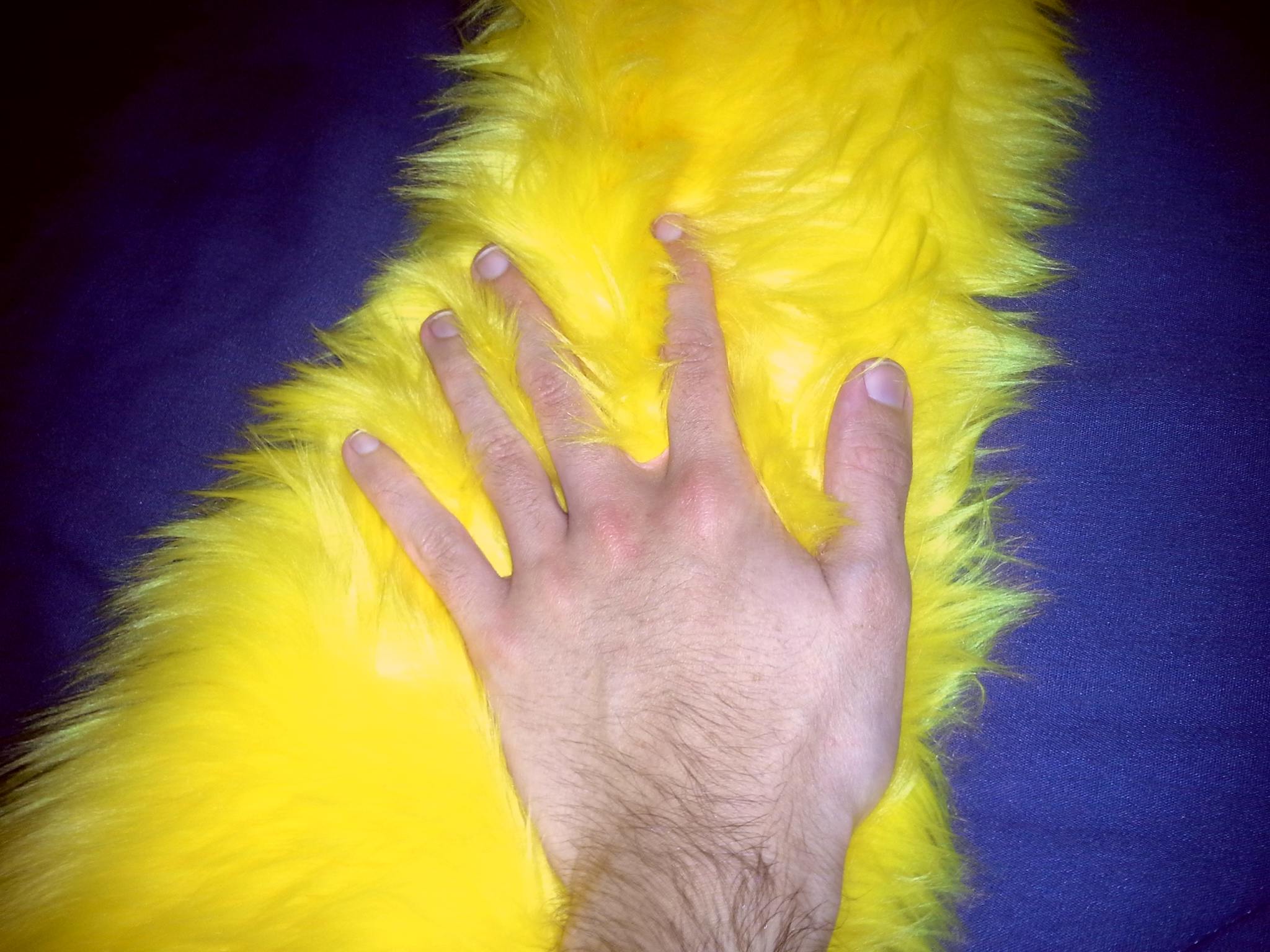|
Fidgeting
Fidgeting is the act of moving about restlessly in a way that is not (socially recognized as) essential to ongoing tasks or events. Fidgeting may involve playing with one's fingers, hair, or personal objects (e.g. glasses, pens or items of clothing). Fidgeting is commonly used as a label for unexplained or subconscious activities and postural movements that people perform while seated. A common act of fidgeting is to bounce one's leg repeatedly. Rings are another common focus of fidgeting; variations include ring spinning, twirling or rolling along a table. Classrooms are sites of fidgeting, and traditionally teachers and students have viewed fidgeting as a sign of diminished attention, which is summarized by the statement, “Concentration of consciousness, and concentration of movements; diffusion of ideas and diffusion of movements go together.” Causes and effects Fidgeting may be a result of nervousness, frustration, agitation, boredom, ADHD, excitement, or a combinat ... [...More Info...] [...Related Items...] OR: [Wikipedia] [Google] [Baidu] |
Non-Instrumental Movement Inhibition
Non-Instrumental Movement Inhibition (NIMI) is an aspect of body language when a person stops fidgeting because they are interested in what they are watching. For example, when a young child is rapt watching a cartoon, they often sit motionless with their mouth open; this motionlessness is NIMI. As such, it is psychological phenomenon and a form of embodied behavior, where gestures and body movements reflect the thoughts and emotions in a person's mind. This phenomenon is different from almost all other body language because it interprets what does not happen (i.e. an absence of movement) rather than making an interpretation based on a specific gesture. During NIMI, visual engagement or attention leads subconsciously to lower levels of fidgeting (and other non-instrumental movements). The movements and actions that are inhibited during NIMI are non-strictly limited to fidgeting only. Non-Instrumental movements are bodily actions that are not related to the goal of the curr ... [...More Info...] [...Related Items...] OR: [Wikipedia] [Google] [Baidu] |
Mind-wandering
Mind-wandering is a broad term with no currently universal definition. According to McMillan, Kaufmann and Singer (2013) mind-wandering consists of 3 different subtypes: positive constructive daydreaming, guilty fear of failure, and poor attentional control. Whereas Smallwood and Schooler (2015) suggest that mind-wandering consists of thoughts that are task-unrelated and stimulus-independent. In general, a folk explanation of mind-wandering could be described as the experience of thoughts not remaining on a single topic for a long period of time, particularly when people are engaged in an attention-demanding task. One context in which mind-wandering often occurs is driving. This is because driving under optimal conditions becomes an almost automatic activity that can require minimal use of the task positive network, the brain network that is active when one is engaged in an attention-demanding activity. In situations where vigilance is low, people do not remember what happened in ... [...More Info...] [...Related Items...] OR: [Wikipedia] [Google] [Baidu] |
ADHD
Attention deficit hyperactivity disorder (ADHD) is a neurodevelopmental disorder characterised by excessive amounts of inattention, hyperactivity, and impulsivity that are pervasive, impairing in multiple contexts, and otherwise age-inappropriate. ADHD symptoms arise from executive dysfunction, and emotional dysregulation is often considered a core symptom. In children, problems paying attention may result in poor school performance. ADHD is associated with other neurodevelopmental and mental disorders as well as some non-psychiatric disorders, which can cause additional impairment, especially in modern society. Although people with ADHD struggle to focus on tasks they are not particularly interested in completing, they are often able to maintain an unusually prolonged and intense level of attention for tasks they do find interesting or rewarding; this is known as hyperfocus. The precise causes of ADHD are unknown in the majority of cases. Genetic factors play an imp ... [...More Info...] [...Related Items...] OR: [Wikipedia] [Google] [Baidu] |
Fidget Spinner
A fidget spinner is a toy that consists of a ball bearing in the center of a multi-lobed (typically two or three) flat structure made from metal or plastic designed to spin along its axis with pressure. Fidget spinners became trending toys in 2017, although similar devices had been invented as early as 1993. The toy has been promoted as helping people who have trouble focusing or those who may need to fidget to relieve nervous energy, anxiety, or psychological stress. There are claims that a fidget spinner can help calm down people who have anxiety or neurodivergences, like ADHD and autism. However, as of May 2017, there is no scientific evidence that they are effective as a treatment for ADHD. Development In October 2016, inspired by the '' Fidget Cube'' Kickstarter campaign, Allan Maman used his Byram Hills High Schools 3-D printers to make ''Fidget360'' with the help of his physics teacher, Eric Savino and worked with Cooper Weiss to promote the toy. In an interview a ... [...More Info...] [...Related Items...] OR: [Wikipedia] [Google] [Baidu] |
Habits
A habit (or wont as a humorous and formal term) is a routine of behavior that is repeated regularly and tends to occur subconsciously.Definition of ''Habituation'' ''Merriam Webster Dictionary''. Retrieved on August 29, 2008 The '' American Journal of Psychology'' (1903) defined a "habit, from the standpoint of , sa more or less fixed way of thinking, willing, or feeling acquired through previous repetition of a mental |
Anxiety
Anxiety is an emotion which is characterized by an unpleasant state of inner turmoil and includes feelings of dread over anticipated events. Anxiety is different than fear in that the former is defined as the anticipation of a future threat whereas the latter is defined as the emotional response to a real threat. It is often accompanied by nervous behavior such as pacing back and forth, somatic complaints, and rumination. Anxiety is a feeling of uneasiness and worry, usually generalized and unfocused as an overreaction to a situation that is only subjectively seen as menacing. It is often accompanied by muscular tension, restlessness, fatigue, inability to catch one's breath, tightness in the abdominal region, nausea, and problems in concentration. Anxiety is closely related to fear, which is a response to a real or perceived immediate threat (fight or flight response); anxiety involves the expectation of future threat including dread. People facing anxiety may withdraw ... [...More Info...] [...Related Items...] OR: [Wikipedia] [Google] [Baidu] |
Psychomotor Agitation
Psychomotor agitation is a symptom in various disorders and health conditions. It is characterized by unintentional and purposeless motions and restlessness, often but not always accompanied by emotional distress. Typical manifestations include pacing around, wringing of the hands, uncontrolled tongue movement, pulling off clothing and putting it back on, and other similar actions. In more severe cases, the motions may become harmful to the individual, and may involve things such as ripping, tearing, or chewing at the skin around one's fingernails, lips, or other body parts to the point of bleeding. Psychomotor agitation is typically found in major depressive disorder or obsessive-compulsive disorder, and sometimes the manic phase in bipolar disorder, though it can also be a result of an excess intake of stimulants. It can also be caused by severe hyponatremia. The middle-aged and the elderly are more at risk to express it. Psychomotor agitation overlaps with agitation general ... [...More Info...] [...Related Items...] OR: [Wikipedia] [Google] [Baidu] |
Doodle
A doodle is a drawing made while a person's attention is otherwise occupied. Doodles are simple drawings that can have concrete representational meaning or may just be composed of random and abstract lines or shapes, generally without ever lifting the drawing device from the paper, in which case it is usually called a scribble. Doodling and scribbling are most often associated with young children and toddlers, because their lack of hand–eye coordination and lower mental development often make it very difficult for any young child to keep their coloring attempts within the line art of the subject. Despite this, it is not uncommon to see such behavior with adults, in which case it is generally done jovially, out of boredom. Typical examples of doodling are found in school notebooks, often in the margins, drawn by students daydreaming or losing interest during class. Other common examples of doodling are produced during long telephone conversations if a pen and paper are availa ... [...More Info...] [...Related Items...] OR: [Wikipedia] [Google] [Baidu] |
Stimming
Self-stimulatory behavior, also known as "stimming" and self-stimulation, is the repetition of physical movements, sounds, words, moving objects, or other repetitive behaviors. Such behaviors (also scientifically known as 'stereotypies') are found to some degree in all people, especially those with developmental disabilities, and are especially frequent in people on the autism spectrum. People diagnosed with sensory processing disorder are also known to potentially exhibit stimming behaviors. Stimming has been interpreted as a protective response to overstimulation, in which people calm themselves by blocking less predictable environmental stimuli, to which they have a heightened sensitivity. A further explanation views stimming as a way to relieve anxiety and other negative or heightened emotions. Although some stimming behaviors are very beneficial at times, stimming has been highly stigmatized and dramatized. People who are neurodivergent often feel that they need to hide or ... [...More Info...] [...Related Items...] OR: [Wikipedia] [Google] [Baidu] |
Stereotypy
A stereotypy (, or ) is a repetitive or ritualistic movement, posture, or utterance. Stereotypies may be simple movements such as body rocking, or complex, such as self-caressing, crossing and uncrossing of legs, and marching in place. They are found especially in people with autism spectrum disorders and visually impaired children, and are also found in intellectual disabilities, tardive dyskinesia and stereotypic movement disorder, yet may also be encountered in neurotypical individuals as well. Studies have shown stereotypies associated with some types of schizophrenia. Frontotemporal dementia is also a common neurological cause of repetitive behaviors and stereotypies. Several causes have been hypothesized for stereotypy, and several treatment options are available. Stereotypy is sometimes called ''stimming'' in autism, under the hypothesis that it self-stimulates one or more senses. Among people with frontotemporal lobar degeneration, more than half (60%) had stereotypi ... [...More Info...] [...Related Items...] OR: [Wikipedia] [Google] [Baidu] |
Proteans
Proteans (or the Proteus effect) are unpredictable, subtle, often subconscious, flirting signals, such as a woman's touching of her hair when first meeting a man. The term was coined by Humphries and Driver in 1970 for unpredictable behaviour exhibited by prey animals. It was used in the context of human courtship behaviour by Grammer ''et al.'' in 2000. The researchers named the ritual for the shape-shifting Greek god because of the ambiguity of the signals. The name also suggests a first impression, or something that precedes actual flirting. Because of the unconscious nature of proteans, they are not overt invitations to proceed, but more akin to " tells" in a poker game. One study found that women tend to exhibit interest in the first few minutes of their interactions with strangers regardless of their level of attraction, and only indicated their true level of interest after this time. These signals often indicate that the sender is trying to decide whether they are inter ... [...More Info...] [...Related Items...] OR: [Wikipedia] [Google] [Baidu] |
Digital Trends
Digital Trends is a Portland, Oregon-based tech news, lifestyle, and information website that publishes news, reviews, guides, how-to articles, descriptive videos and podcasts about technology and consumer electronics products. With offices in Portland, Oregon, New York City, Chicago and other locations, Digital Trends is operated by Digital Trends Media Group, a media company that also publishes Digital Trends Español, focusing on Spanish speakers worldwide, and a men's lifestyle site The Manual. The site offers reviews and information on a wide array of products that have been shaped by technology. That includes consumer electronics products such as smartphones, video games and systems, laptops, PCs and peripherals, televisions, home theater systems, digital cameras, video cameras, tablets, and more. According to third-party web analytics provider SimilarWeb, the site received over 40 million visits per month . From 2014 to 2021, Digital Trends' editorial team was led by E ... [...More Info...] [...Related Items...] OR: [Wikipedia] [Google] [Baidu] |




